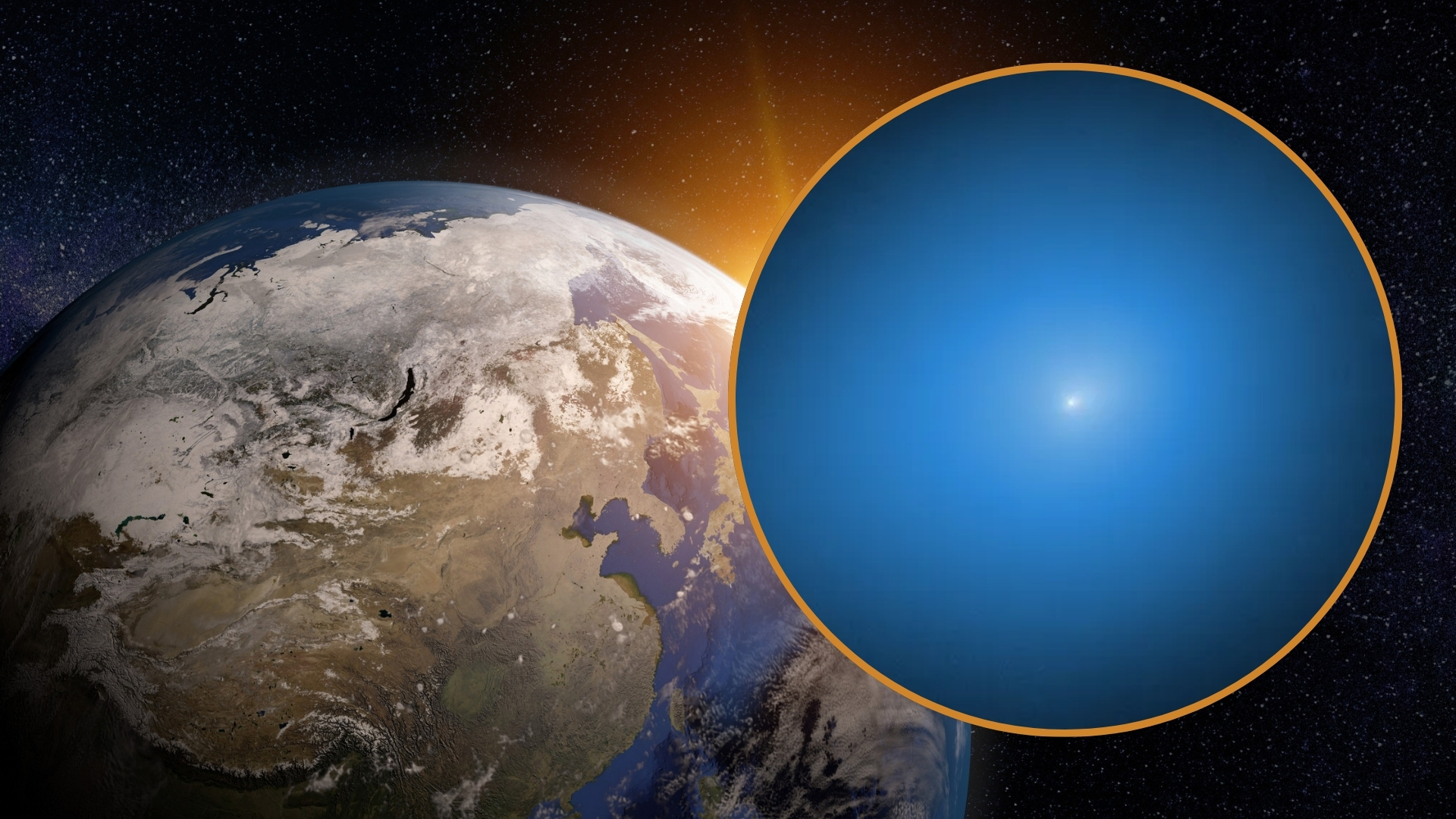The Aral Sea Drying Out. This NASA Time-Lapse Video Shows It from Space
The ongoing collapse of the Aral Sea ecosystem, located between Kazakhstan and Uzbekistan, shows up clearly in a NASA video.
The lake used to be full of water, thanks to runoff from mountains as well as annual rainfall. But after the 1960s, when the Soviet Union diverted two major rivers feeding the lake to serve agricultural needs, the sea quickly shrank from the fourth-largest body of water in the world to a shallow lake bed.
Some of the damage was mitigated after 2005, when a dam was built to reduce the flow from the northern basins to the southern basins. Satellite images show that the northern part of the sea is filling up again but the south remains barren. Fisheries have collapsed and regional dust storms are more frequent.
"The remaining water supply became increasingly salty and polluted with runoff from agricultural plots," NASA officials wrote in 2012 about the region. "Dust blowing from the exposed lake bed eventually degraded the soils, forcing further water-diversion efforts to revive them. On a larger scale, loss of the Aral Sea's water influenced regional climate, making the winters even colder and the summers much hotter. Fifty years later, the lake is virtually gone."
Last month, some people living in Uzbekistan began planting trees to stop desertification, according to multiple media sources, including Bloomberg. Local officials said they are also planning to create an education center, presumably to let students know how the disaster happened.
- Satellites Reveal a New View of Earth's Water from Space
- 'Infinite Wonder': Photos from Scott Kelly's Year in Space Mission
- Top 10 Game-Changing Earth Photos from Landsat Satellites
Follow Elizabeth Howell on Twitter @howellspace. Follow us on Twitter @Spacedotcom and on Facebook.
Breaking space news, the latest updates on rocket launches, skywatching events and more!

Elizabeth Howell (she/her), Ph.D., was a staff writer in the spaceflight channel between 2022 and 2024 specializing in Canadian space news. She was contributing writer for Space.com for 10 years from 2012 to 2024. Elizabeth's reporting includes multiple exclusives with the White House, leading world coverage about a lost-and-found space tomato on the International Space Station, witnessing five human spaceflight launches on two continents, flying parabolic, working inside a spacesuit, and participating in a simulated Mars mission. Her latest book, "Why Am I Taller?" (ECW Press, 2022) is co-written with astronaut Dave Williams.
